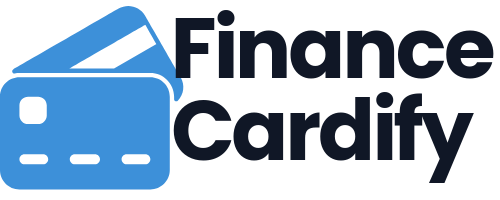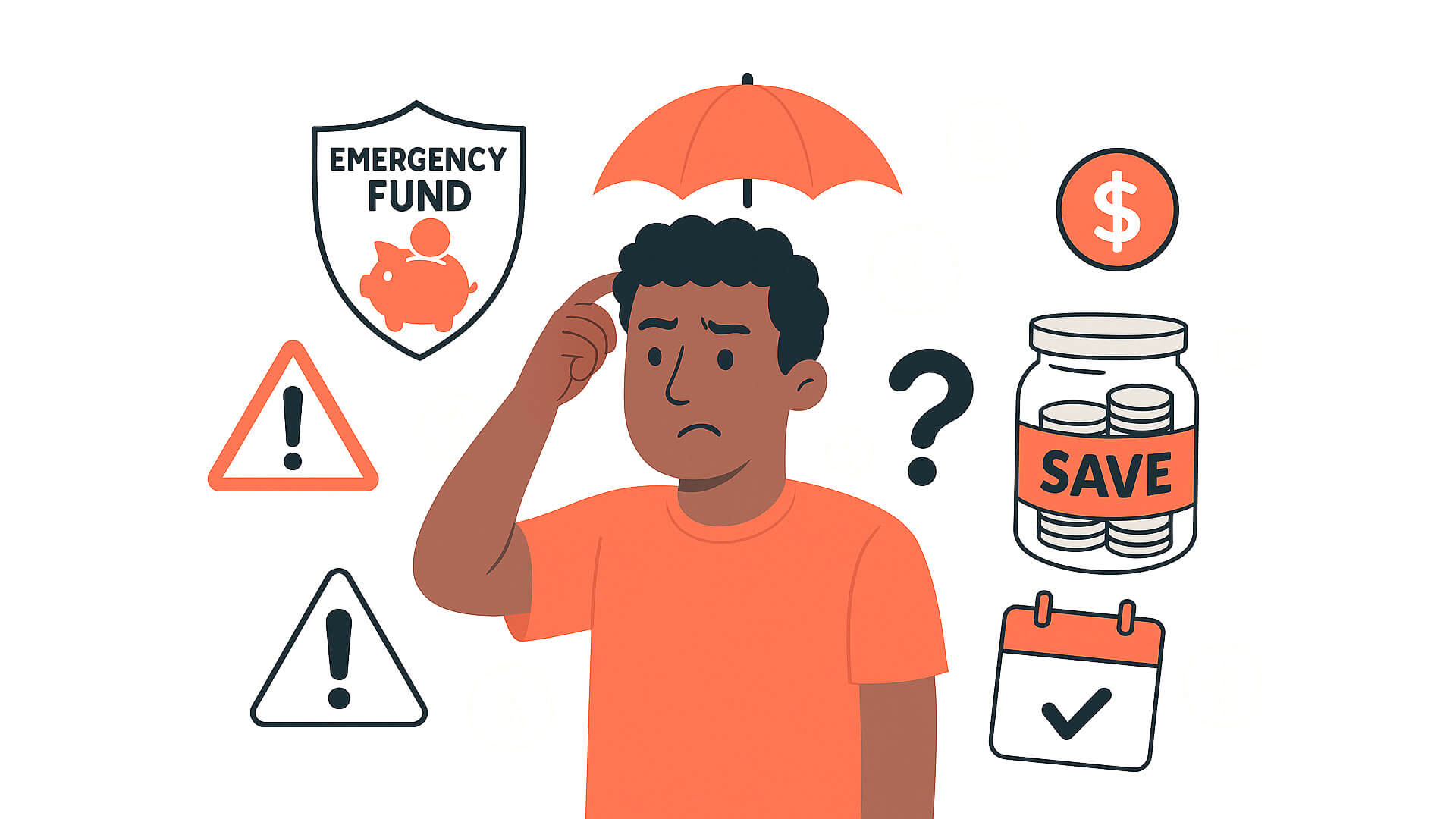The digital age, a realm defined by unprecedented connectivity and the seamless flow of information, has fundamentally reshaped human existence. From global commerce to personal communication, nearly every facet of modern life is interwoven with technology. This digital revolution, however, is a double-edged sword. As our reliance on interconnected systems grows, so too does the vulnerability to digital threats. Enter cybersecurity: the practice and principles dedicated to protecting systems, networks, and data from digital attacks. For individuals and organizations alike, grasping the basics of cybersecurity is no longer optional—it is a critical, essential life skill.
The Imperative of Digital Defense
In an era where data is often described as the new oil, the value of digital assets has skyrocketed, making them prime targets for malicious actors. Cybercrime is a multi-billion-dollar global industry, fueled by increasingly sophisticated and automated attack vectors. The consequences of a successful breach can range from financial loss and intellectual property theft to severe reputational damage and the disruption of critical infrastructure.
For the individual user, a cyberattack could mean identity theft, the draining of bank accounts, or the compromise of personal photos and sensitive correspondence. For a corporation, it could translate into regulatory fines, business shutdown, and the loss of customer trust. Cybersecurity, therefore, serves as the modern firewall protecting the integrity, confidentiality, and availability of our digital world.
The Core Principles: The CIA Triad
The foundation of nearly all cybersecurity strategies rests on three fundamental pillars, collectively known as the CIA Triad:
- Confidentiality: This principle ensures that data is accessible only to authorized users. It prevents sensitive information from being disclosed to unauthorized individuals, entities, or processes. Encryption, access controls, and multi-factor authentication are key technologies used to enforce confidentiality.
- Integrity: Integrity guarantees that data is accurate, consistent, and trustworthy throughout its entire lifecycle. It prevents unauthorized modification or deletion of information. Techniques like hashing, digital signatures, and version control are essential for maintaining data integrity.
- Availability: This ensures that systems, networks, and applications are functional and accessible to authorized users when needed. Availability is threatened by events like hardware failure, natural disasters, and denial-of-service (DoS) attacks. Strategies such as regular maintenance, redundant systems, and disaster recovery plans bolster availability.
A robust cybersecurity posture is one that effectively balances and maintains all three components of the CIA Triad.
Deconstructing the Threat Landscape
To defend effectively, one must first understand the enemy. Cyber threats are numerous and constantly evolving. While experts classify threats in many ways, some of the most pervasive and common attack types include:
- Malware: A blanket term for “malicious software,” this includes viruses, worms, ransomware, and spyware designed to damage, disable, or gain unauthorized access to a computer system. Ransomware, in particular, has become a dominant threat, encrypting a victim’s files and demanding a ransom payment for their release.
- Phishing: A form of social engineering where attackers attempt to trick individuals into revealing sensitive information, often through deceptive emails that appear to be from legitimate sources. Spear phishing targets specific individuals, making the attack more personalized and harder to detect.
- Denial-of-Service (DoS) and Distributed Denial-of-Service (DDoS) Attacks: These attacks overwhelm a target server, service, or network with a flood of internet traffic, thereby disrupting the availability of a website or online service for legitimate users.
- Man-in-the-Middle (MITM) Attacks: In an MITM attack, a hacker secretly intercepts and relays messages between two parties who believe they are communicating directly with each other, allowing the attacker to steal information. This is often executed over insecure public Wi-Fi networks.
Essential Practices for Digital Hygiene
While corporate security involves complex architecture and dedicated teams, individuals possess significant control over their own digital safety through a concept known as “digital hygiene.” Adopting these fundamental best practices can mitigate the majority of common threats:
- Strong and Unique Passwords & Multi-Factor Authentication (MFA): Passwords remain the first line of defense. They should be long (12+ characters), complex (mixing letters, numbers, and symbols), and unique for every account. More importantly, enable Multi-Factor Authentication (MFA) or Two-Factor Authentication (2FA) wherever possible. This requires a second verification step (like a code from a phone app) besides the password, making it exponentially harder for attackers to gain access.
- Regular Software Updates and Patching: Software companies routinely release updates, many of which contain critical security patches to fix vulnerabilities that hackers could exploit. Running outdated operating systems, browsers, or applications is like leaving your digital front door unlocked. Enable automatic updates to ensure continuous protection.
- Be Phishing-Aware: Always scrutinize emails, especially those requesting personal information, money transfers, or prompting you to click a link urgently. Check the sender’s email address for authenticity, hover over links before clicking (without clicking!) to see the true destination, and never open attachments from unexpected or suspicious sources. When in doubt, call the alleged sender via a verified, independent number.
- Secure Network Usage: Avoid conducting sensitive transactions (like banking or online shopping) when connected to public or unsecured Wi-Fi networks. If you must use public Wi-Fi, use a reputable Virtual Private Network (VPN) to encrypt your connection, shielding your data from MITM attacks.
- Data Backup and Recovery: Regularly back up all essential data to an external hard drive or a secure cloud service. In the event of a ransomware attack or system failure, a recent backup is the only guaranteed way to restore your information without paying a ransom.
- Install and Maintain Antivirus/Anti-Malware Software: Reputable security software acts as a crucial safety net, detecting and removing threats like viruses and spyware before they can inflict damage. Ensure the software’s threat definitions are continuously updated.
The Human Element: The Strongest Link
Ultimately, the most sophisticated firewalls and cutting-edge encryption can be rendered useless by human error. The greatest vulnerability in any security system is often the human operator. Attackers frequently bypass technological defenses by exploiting human psychology through social engineering.
Therefore, an ongoing commitment to cybersecurity awareness and education is the single most effective defense. Understanding why and how threats operate empowers users to recognize and resist them. Cybersecurity is not just an IT department’s problem; it is a shared responsibility in the digital ecosystem.
Conclusion
The digital age offers unparalleled opportunities, but it also mandates an elevated sense of caution and responsibility. Understanding the basics of cybersecurity—the CIA Triad, the nature of common threats, and the adoption of strong digital hygiene practices—is the bedrock of safety and resilience. In the perpetually evolving landscape of cyber warfare, knowledge is the most powerful shield. By committing to continuous learning and vigilance, we can collectively ensure that the advantages of the digital age are enjoyed securely and confidently, transforming every user from a potential target into an active defender.





